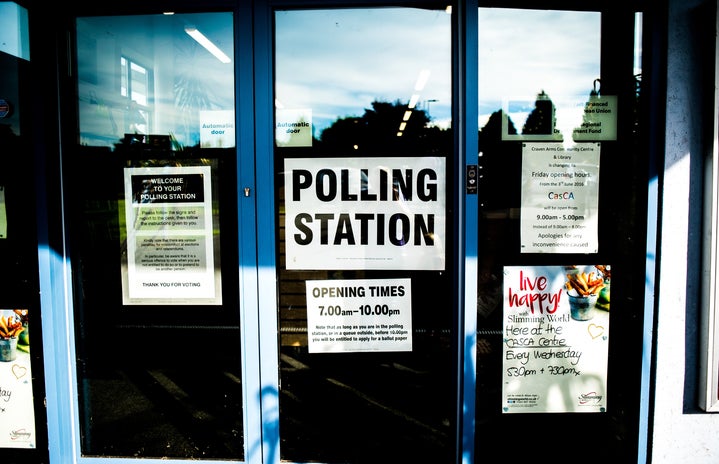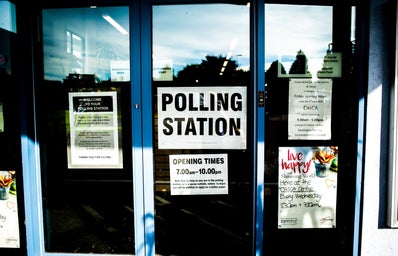There can be some confusion whirling around every four years when the presidential primary voting begins. It kicks off in Iowa. According to Chris Matthews of the podcast, “So You Wanna Be President?”, winning Iowa is imperative to winning the national party’s nomination. This is based on the astonishing number of candidates who won there, and then went on to win the country. He reported that 9 of the last 11 Democratic nominees were able to win Iowa, and more than half of the Republican nominees won as well. Those are significant figures.
Iowa is a super, special, different state where the Democratic Party caucuses instead of using the ordinary ballot. Because this is not the case in every other state, it is understandable to be a bit bewildered when it comes to this process. Plainly put, a caucus is a meeting between those of the same party or movement. Caucuses are also used within Congress, they are made up of delegates who are working to solve issues for certain groups in America, like the Congressional Black Caucus. However, in Iowa’s case the Democrat caucuses are used to determine which candidate they want to give the nomination for president to.
So, how does the caucus actually work? Well, members of each party meet separately and run their elections in different ways. Large, local places are where the caucuses are usually held, so Democrats meet in one school gym and Republicans go to cast a normal ballot in another all across Iowa. For the Democrats, each person selects who their first choice is and votes for them in the first round. If a candidate does not hit the 15% threshold of the vote, those who voted for them first must then choose a second choice. For example, if a citizen first casts a vote for Andrew Yang, but he does not meet the 15% threshold, then that citizen realigns their view and the vote goes with a different candidate who hit the mark. This process is continued and the statistics between the first expression and the last expression are used to interpret the likeability of the candidates. The Democratic Party typically releases first expression results, as well as last. However, the last expression is what is used to determine the winner.
Iowa’s primary elections are always deemed to be imperative to a campaign. It is the first one, so it allows the candidates to gain or lose momentum very easily. However, this year’s caucus, for lack of better words, was a mess. Firstly, it was obvious that Donald Trump would take the win on the Republican side. Iowa is also a red state, so it is very likely that he will be granted their vote in November. The Democratic results were befuddling, if anything. Iowa decided to use an app to record the results, in an attempt to make it easier to vote and run the caucuses. This would have been very beneficial, if it had worked. The app crashed, making it so the Democratic Party only had 62% of the votes for two days. This caused mass confusion. Based on the 62%, Pete Buttigieg came out on top, with Bernie Sanders and Elizabeth Warren right behind him. Joe Biden surprisingly ended up in fourth. Buttigeg even gave a victory speech because no one believed that the rest of the results would be salvaged.
However, the DNC pulled through. Now, with all the data in there is basically a tie for first. Mayor Pete Buttigeg did, in fact, win with an extremely slim lead. He managed to win 26.2% of the votes. Bernie Sanders was right behind him by a mere .1%. Warren, Biden, and then Klobuchar were the rest who placed in the top five.
New Hampshire is up next to cast their ballots on February 11th. It is predicted that Sanders and Trump will claim victories there as well. Now is the time when the debates and overall campaigns will actually heat up. Bernie Sanders seems to be the front runner as of right now, but the DNC has made it known that he is not their favorite. The excitement will be at its peak on Super Tuesday, March 3rd, when the largest amount of states vote at one time. The field of Democratic candidates is large, and they are all neck and neck. It is likely that we will see the amount of candidates slim down during this time because it will be clearer to see who the true leaders of the pack are. The election is now heading full-steam ahead, and the long journey will still come to an end. With the current president having a pretty secure spot as the Republican nominee, the biggest question looming now is: Who can beat Donald Trump?


